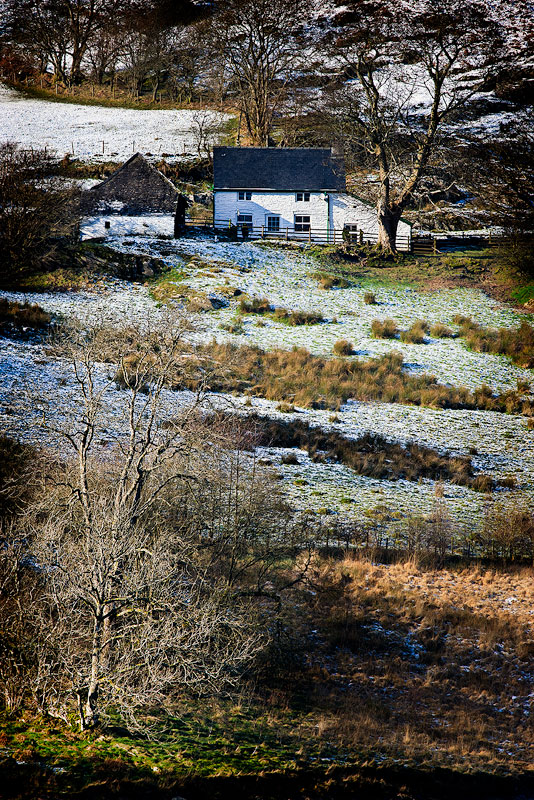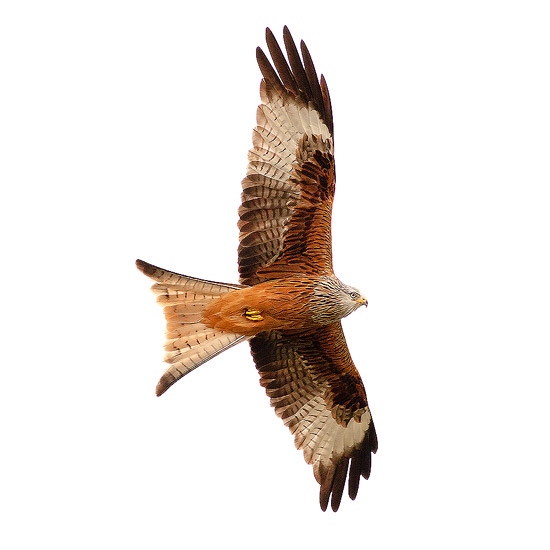With the recent blast of cold weather we took the opportunity to get out to try to get a few winter shots.

As this meant being out and about looking for wintry locations (as above) we ended up back at the Elan Valley and decided to go Gigrin Farm the Red Kite feeding centre near Rhayader, Powys. Gigrin is well known to many wildlife photographers and at feeding time you will see dozens, if not hundreds of Red Kites at close quarters.

Feeding takes place at 2.00 p.m. in winter and 3.00 p.m. in summer; so get there at least 10 minutes before. There is a selection of wooden viewing hides and some taller specialist photography hides. They are all roughly the same distance from where the birds are fed and the photography hides are probably only necessary for those with very large lenses (particularly if they want to point them skywards) and tripods. For first timers here like us it’s probably just as good to use one of the ‘normal’ (and less expensive) hides. Particularly as the Kite behaviour at feeding time is frantic and it takes a while to observe and learn how the birds are behaving. When the initial action stops after 45 minute stick around because the younger birds who have waited their turn (there is a ‘pecking order’) will come in to feed. By now there is also less of a frenzy to the feeding and picking out shots becomes a tad easier (not easy!).
Unfortunately, despite a bright start to the day, the cloud built up so that by 2.00 p.m. the light was fairly grim making focusing difficult and exposing even harder. As I don’t have a very long lens I used a 300mm f4.0 on Liz’s Canon 40D (to take advantage of the crop sensor). This enabled me to quite usefully fill the frame. It was also necessary to use AI Servo mode to assist with focusing and whilst difficult the 40D did better than I expected in the poor light. However, exposing for the birds correctly against the dull bland sky meant an almost perfect white background and resulted in images that have a very ‘graphic’ quality; as if they are straight out of a bird illustration book. Whilst the shot above, for example, was not what I was hoping to achieve I think they have an interesting quality and would look good as greeting cards etc.
So we’ll definitely go back when we think the light is better one day.

